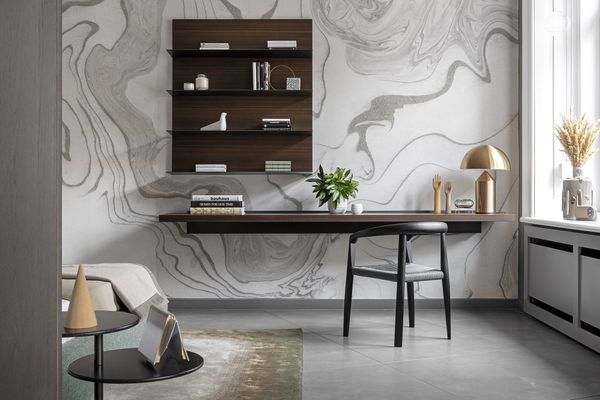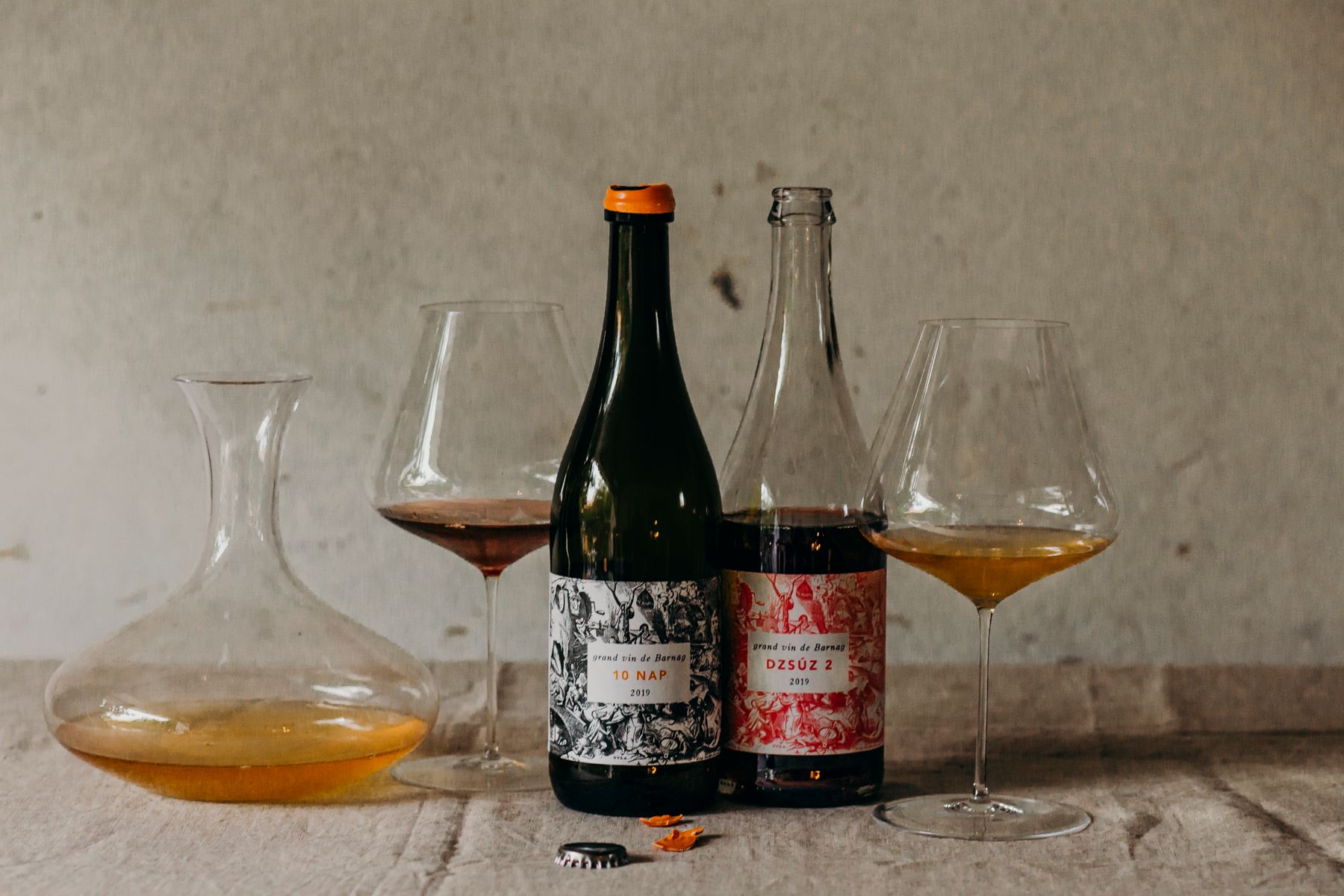Natural wine is made in complete harmony with nature, with as little intervention as possible. It has a really special flavor: very delicious and sometimes a little funky, but it lives on and changes even after bottling. Natural wine and the feelings associated with it are becoming more and more popular in Hungary as well. We talked to Bence Szilágyi, the founder of a small winery in the Balaton Uplands, Grand Vin de Barnag.
Bence Szilágyi first met the world of natural wines during his travels around 2016. According to him, the genre wasn’t love at first sight for him, but as he visited more and more producers and tasted more and more types of wine, he was increasingly impressed by the drinks and the people behind them.
“I found myself in the world of wines and gastronomy about ten years ago, and since then, this has become the most defining part of my professional life. But, of course, the story goes back. My parents often took us to restaurants when we were kids; eating and drinking play a central role in my family. This must have had some effect on me. And for that matter, I’m an experimenting type: in addition to winemaking, I also studied social sciences and economics. Meanwhile, I was working at a winery and at a wine bar. At first, I started with classic wines, like others, but I always strived to taste, experience and educate myself as much as possible. We often met with friends to have thematic tasting sessions and frequented Budapest’s wine bars. At some places, we even knew the assortment by heart,” Bence told us.


As a first-generation winemaker in his family, Bence started a winery called Grand Vin de Barnag. In 2017, his father got a little tired of his hobby vineyard, but by then, Bence was already full of new ideas and inspiration: so, along with a couple of friends and his girlfriend, Lili, they reorganized the plantation for organic cultivation and made their very first wine. This is when the name Grand Vin de Barnag stuck to the drink, which was born as a playful flip on the term “grand vin de bordeaux,” which is used primarily for premium wines produced in French castles. “I love contrasts, and self-irony isn’t far from me either. The owner of a fine dining restaurant saw the label and asked: ‘Is this some kind of joke?’ And well… yes, it’s a joke, and all we can do is hope that the majority of people will understand it,” he remarked.
The young winemaker also told us that the natural wine movement actually started in France in the seventies, as a kind of counter-revolution to the prevailing industrial wine production at the time. Although natural wine has no clear definition, it can be outlined well in terms of technology: in fact, it goes back to the deepest roots of wine production. At the level of grape farming, it places a strong emphasis on the use of organically grown materials: no chemicals that severely harm nature can be used in the production process. As Bence pointed out, the principle in winemaking is also simple: “add nothing and take away nothing”. This actually means that there are no additives in the production of natural wines, there is no filtering and interference with natural processes is as minimal as possible. “It is important to note that organically grown raw materials and sustainable farming are not only a feature of natural wines, but are also essential to more and more wineries, even places where wines are otherwise made in an ordinary way,” he added.
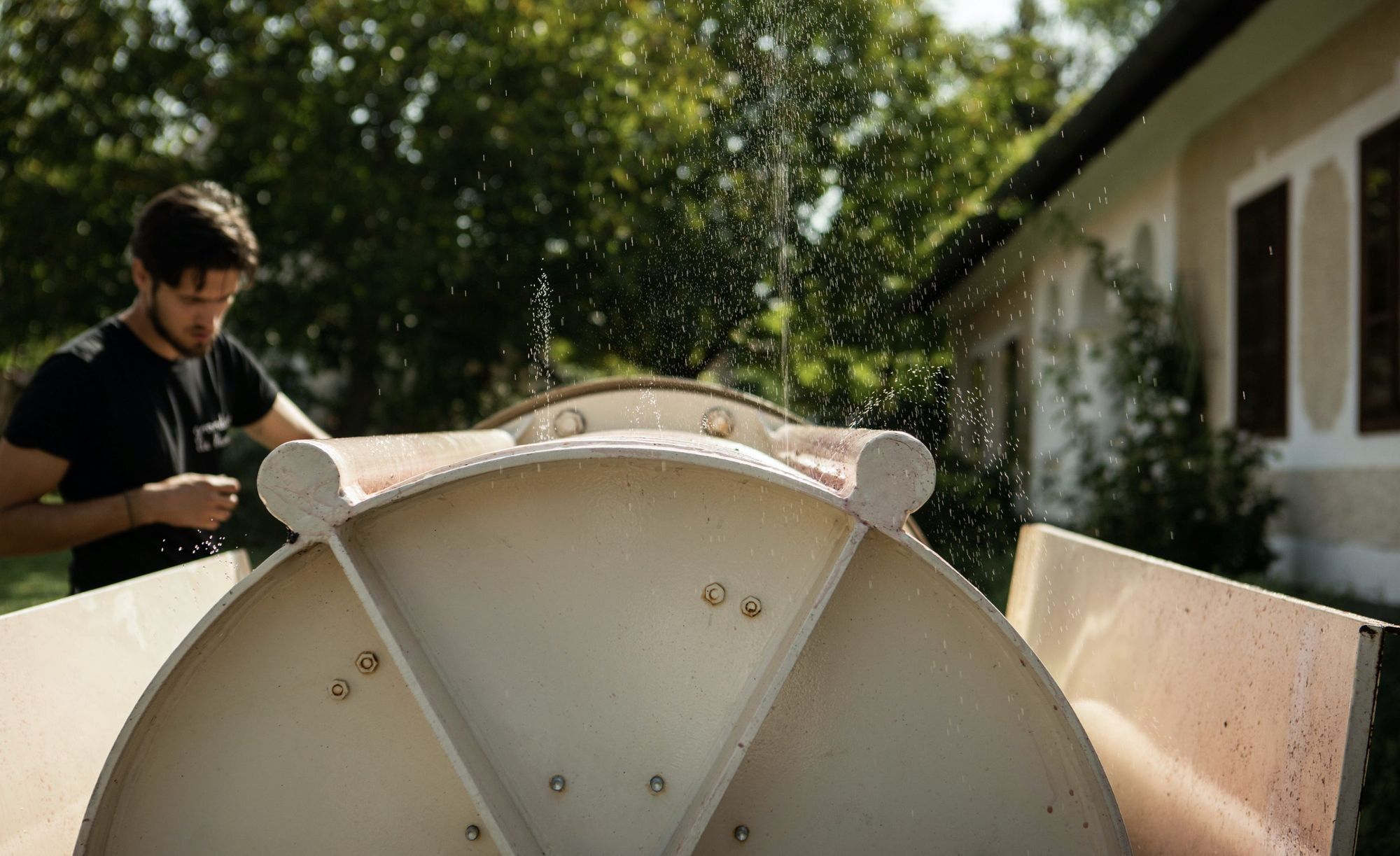
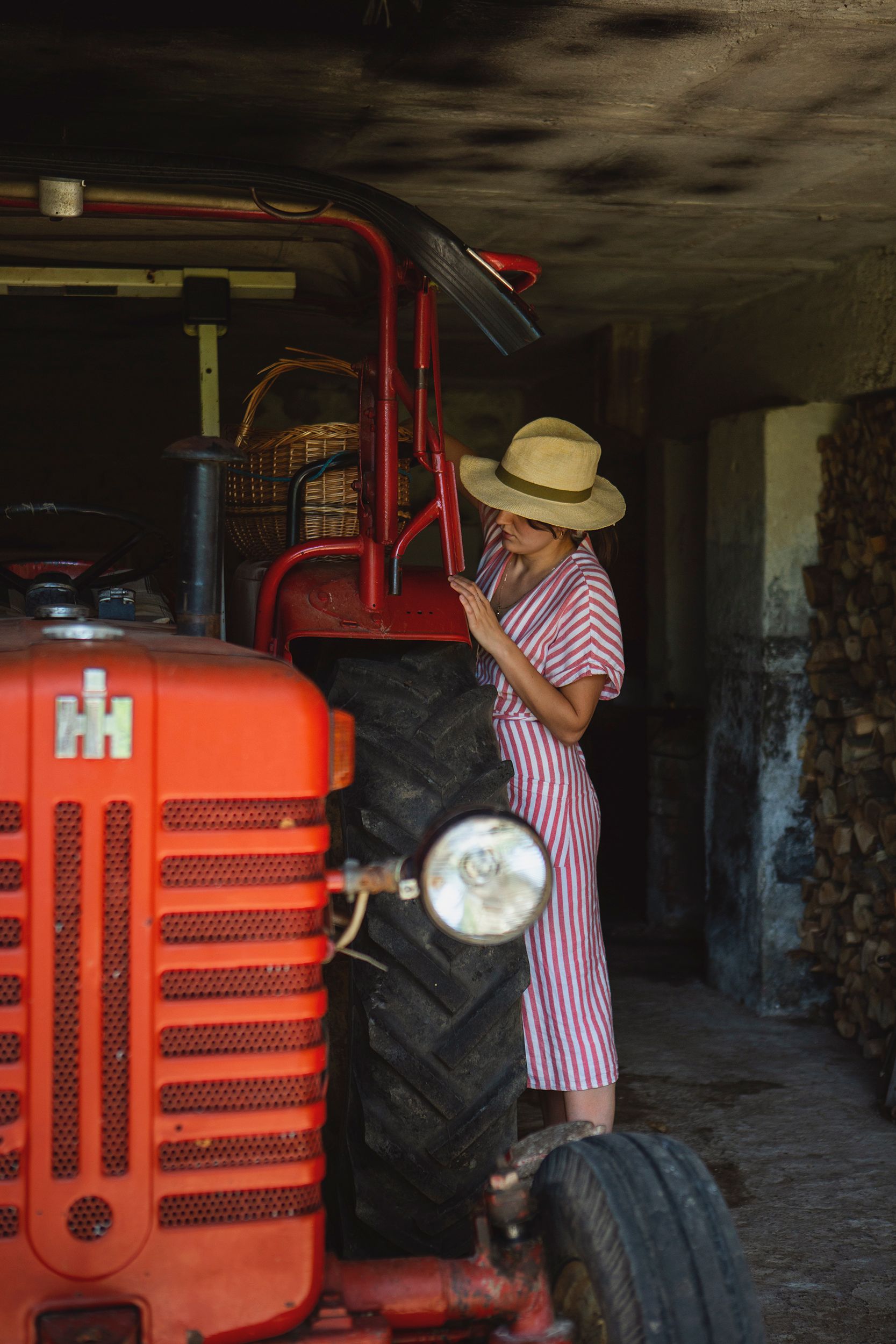
For Bence, beyond its technical framework, natural winemaking is primarily about intuition, where he relies on instincts, his own experience and, most importantly, natural processes.
“For me as a winemaker, this means greater freedom as well as greater challenge, but more importantly, I feel like it’s a creative and exciting task. All in all, I would like to make wines that I enjoy drinking myself: wines that are full of life, have nothing hidden in them, and in which you can feel a kind of vibration,” he emphasized.

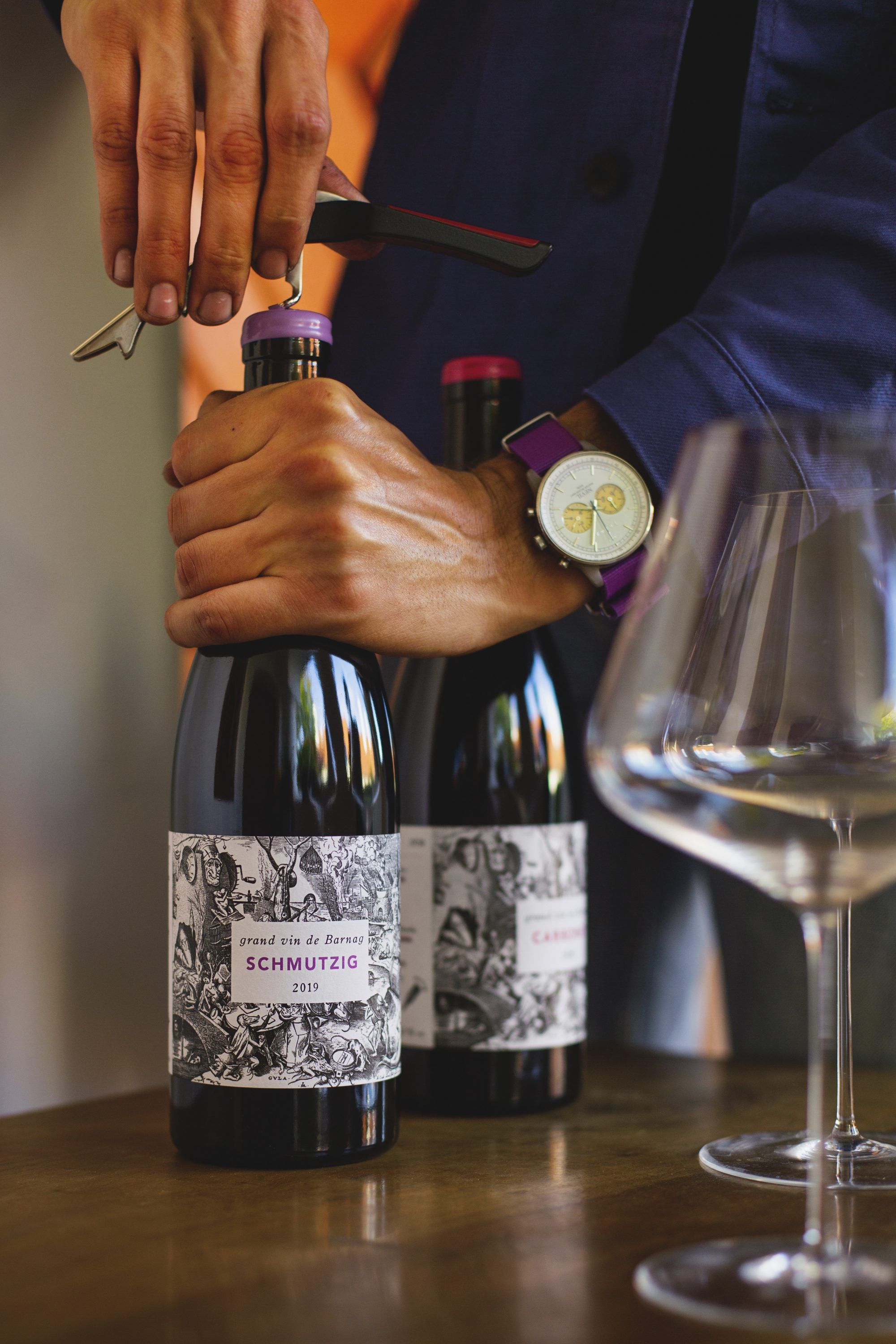
Their wine bottles are unique not only because of their content but also their appearance, as the labels are self-designed as well. The visuals show an episode of a sixteenth-century Dutch series of copper engravings, depicting one of the seven deadly sins, gluttony.
The wines of Grand Vin de Barnag have become the most defining elements of Bence’s life: despite the very small number of bottles they produce, their wines are shipped to nine different countries, and by now, they are making ten different wines. The first wines of their fourth vintage will soon be on the shelves: two more new members of their light “Dzsúz” series, which are fine-tuned for summer, along with a red and a white pét-nat wine, which is an increasingly popular type of sparkling wine in Hungary as well.
“If everything comes together, we would like to organize a popup wine fair in Budapest, and we also have some bigger plans in Barnag this summer. It would be great to be together and drink wine again, because I miss these events a lot,” Bence said.
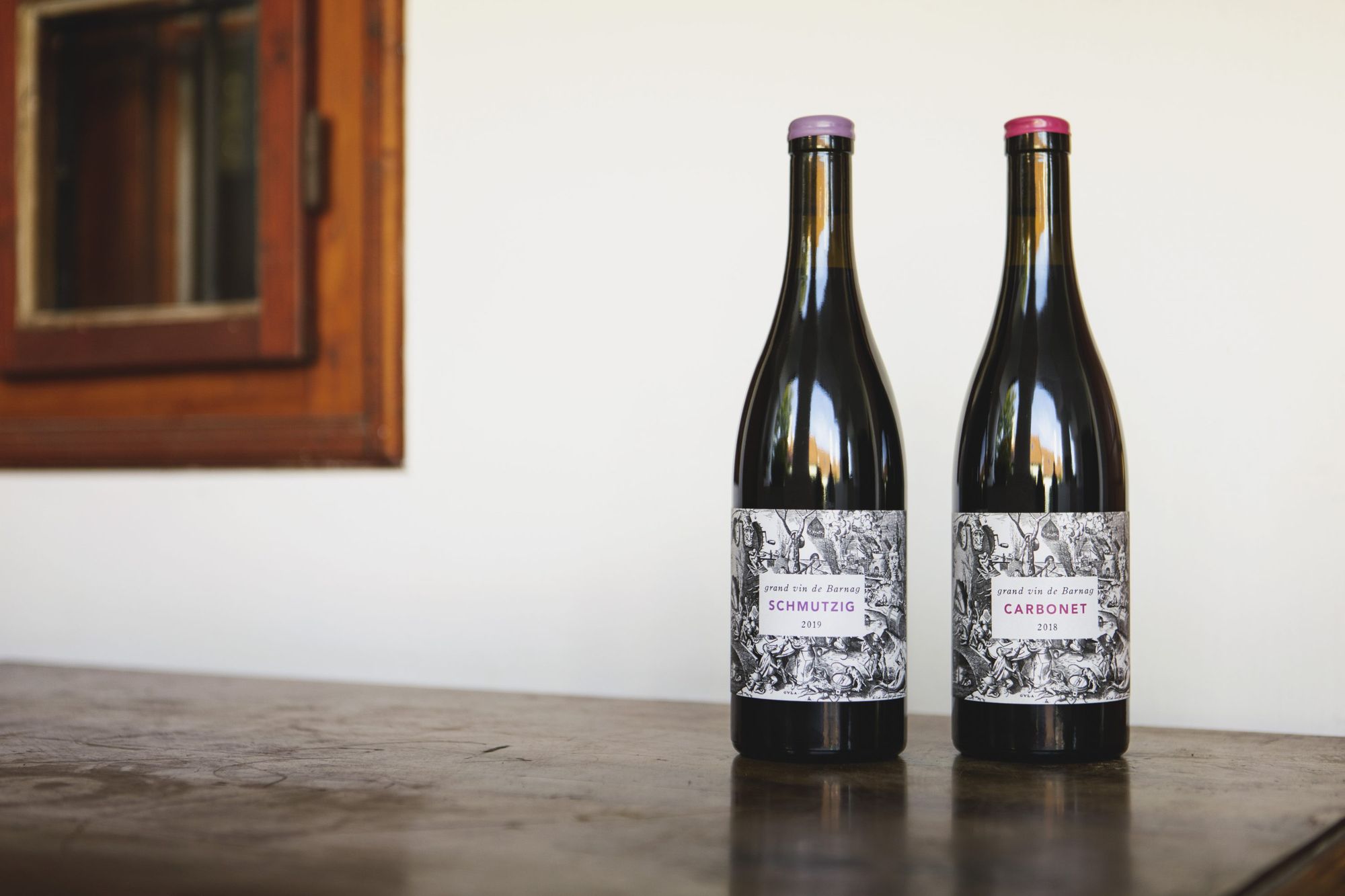
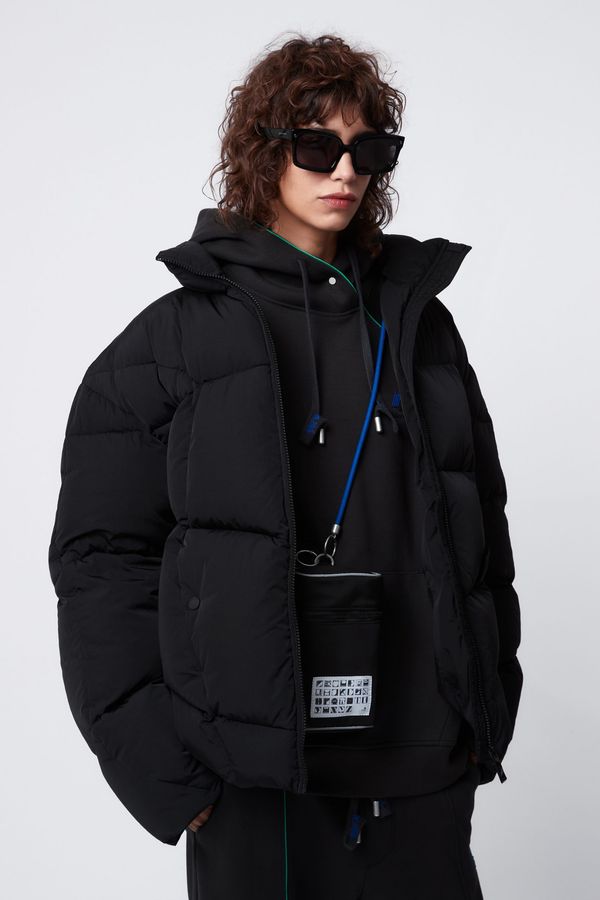
Relics from India to Ukraine | Modektura

Speculative car interiors | Lexus
